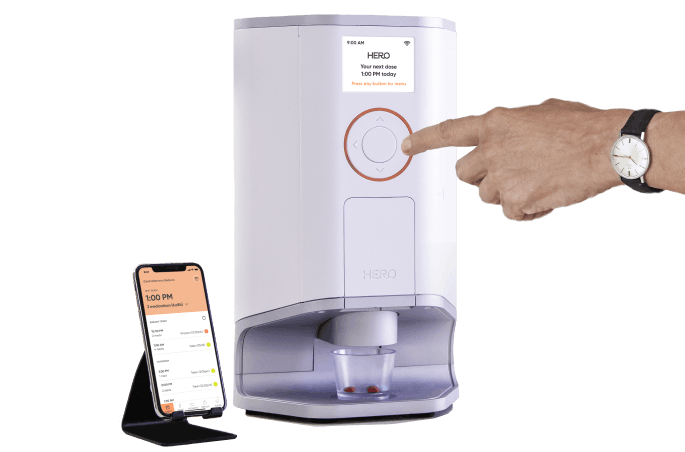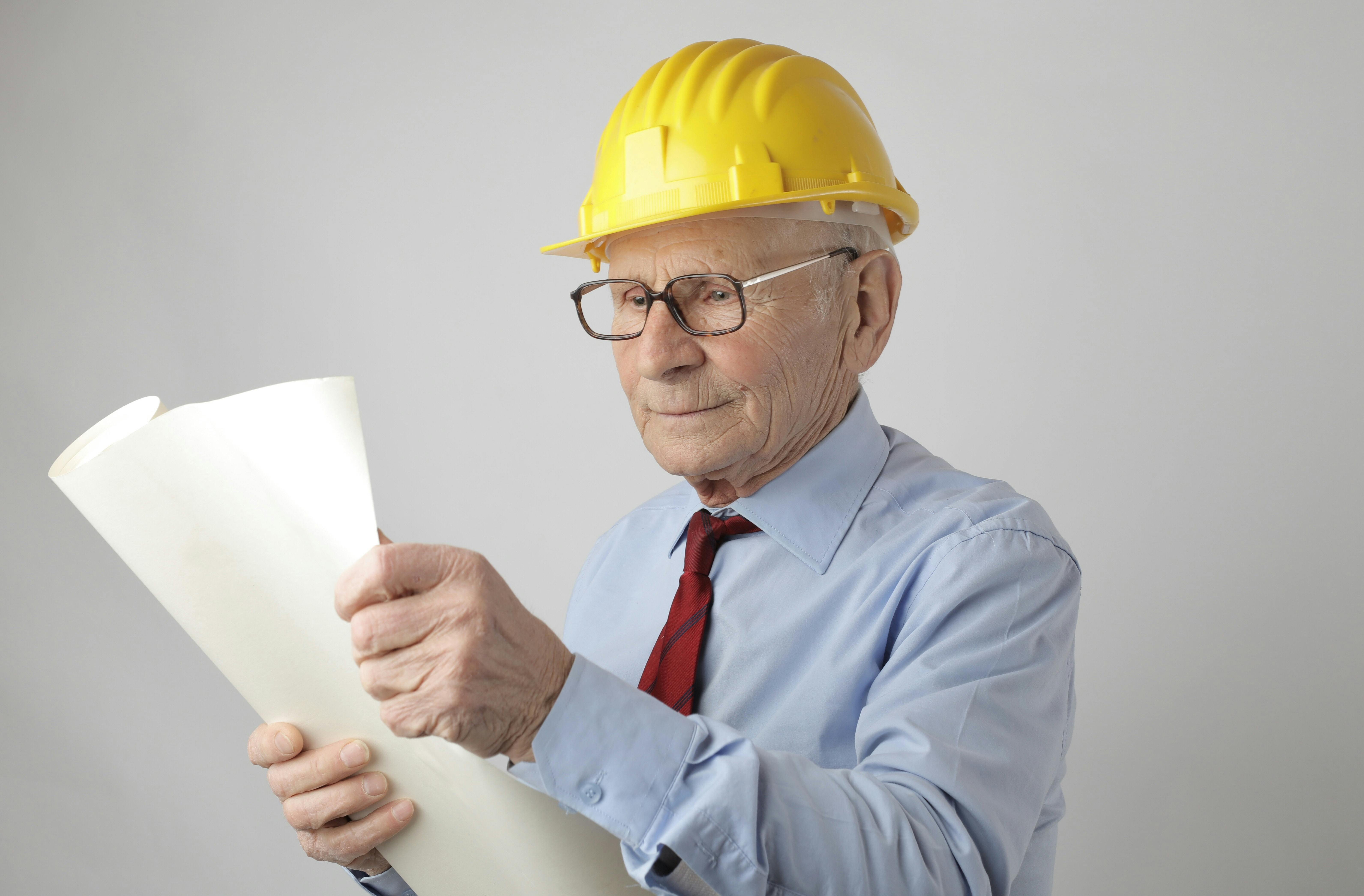Not all modifications need to be big or expensive. Installing handrails or using brighter light bulbs are two easy items on your safety checklist that can both be taken care of in less than an hour.
There are many ways to maintain a safe atmosphere at home besides physical modifications, which takes a few minor lifestyle changes. With the growing atmosphere of older people choosing to live independently in their own home instead of in a nursing home or retirement community, these senior safety measure modifications are becoming more popular.
1) Eliminate Tripping Hazards
Before you begin making permanent changes to your home, a great idea is to first have a professional take a look. A home safety evaluation can point out essential needs and they may actually help save you money. Tripping hazards are essential to point out, because their consequences can be dire.
In older adults 75 or older, tripping can lead to hip fractures or traumatic brain injuries (TBI's). Severe brain injuries are the leading cause of death in adults 65 and older. Hip fractures prevent independent living, so if you want to continue having your freedom, it is important to consider home modifications.
One tripping hazard example is the risk of pets and their toys. Many aging parents allow pets to roam free through the house, which means dog toys can be anywhere. As your loved one ages, an easy change is to confine their pet's play area to one room or section to reduce risks.
Another tripping hazard are uneven floors. This includes more than uneven floorboards — when flat floors, like wood or tile, lead into a carpeted room, the change in surface pose a risk. A costly solution may be to install carpet or the same flooring in all rooms, but simply putting bright neon tape can help remind older adults where uneven flooring is, which reminds them to be cautious.
Some hazards may not be as obvious. Throw rugs with lifting corners and electrical cords that span across a walking path are two more culprits that increase fall risk. As mentioned earlier, falls can occur without ample lighting. During the evenings, it can be difficult to navigate around their home without seeing where to step, especially if the light switch to turn on the lights is on the other end of the room. Adding in some plug-in night lights that have a sensor can be cost-efficient and useful for elderly people trying to navigate in the dark.
2) Put Emergency Numbers on Display
Older adults that live on their own may not always have company available. If they fall or have an emergency, placing emergency contact information in large text may help them in their time of need. Better yet, programming important phone numbers into their smart phone can be a huge help too. This is an easy and free change to add to any senior’s home.
3) Update Older Homes
Many seniors have lived in the same home for decades — and these homes are not always suitable for their aging needs. Doorways tend to be narrower, and stairs can be steeper. For these situations, consulting a certified specialist is a great idea.
The National Association of Home Builders work with qualified, knowledgeable professionals that can advise you what changes are necessary and their respective costs.
Modifications can range from basics to more intensive features, and can have high price points. But having someone install grab bars, ramps, lever handles, or chair lifts might be essentials for you. Working with a professional can give you reassurance that your home is safer and these additions are worth the budget.
4) Financial Assistance For Modifications
If the modifications mentioned previously are out-of-budget, there are programs that offer financial aid. Do research into local and state programs or how to leverage Medicare to help cover costs. Generally, Medicare does not cover these additions. However, as of 2020, certain insurance plans may cover anti-slip safety devices or ramps and wheelchair accommodations.
5) Manage Medication
Check the medicine cabinet periodically for outdated over the counter medications, supplements or vitamins. If you are helping an older adult, read the fine print and keep track of expiration dates or dosage amounts. Eyesight diminishes as we age, and tiny labels are difficult for seniors to read.
Many older adults also struggle with taking their medication on-time. The consequences can be a huge risk to their health.
Fortunately, Hero can make their life as a whole a lot easier. Hero streamlines medication management to not only take one huge task off your senior's list, but to also improve medication safety and medication adherence. Our service safely stores, sorts, and dispenses pills right on schedule, while also tracking refill needs, sending notifications and reminders for doses, and more. Learn more about how Hero works here.
6) Schedule an Annual Checkup
It is important to schedule checkups with a healthcare provider. Neglecting your health can pose risks that could have been prevented. During these exams, ask questions — if you are unsure about the side effects of medications, speak with your doctor. Some may cause drowsiness or reduced mobility.
In addition, make a habit of visiting an eye doctor annually. Beyond reading, poor vision can affect mobility, including driving and walking. At the suggestion of your doctor, get reading glasses or bifocals to help navigate around the home or to make driving safer. Visual aids also help with balance — with blurry vision, it is harder to see depth of field, which increases risk of tripping.
7) Make Lifestyle Changes
To help with tripping and falling risks, exercise can be a preventative measure. Light strengthening training exercises and stretches can reduce falling risks and can be beneficial at just three times a week. Walks may be preferable, and are great for heart health, but strength exercises specifically is key.
8) Reduce Fire Hazards
With reduced mobility and sense of smell, fires may not be detected until it is too late. Preventative measures can reduce fire hazards.
The first step is to regularly check smoke detectors and even carbon monoxide detectors to ensure they have full batteries and are working properly.
Take steps to make sure that both caregivers and older family members know how to properly use a fire extinguisher or fire blanket in case of emergency.
You can also make minor changes around the home. Stop using candles and opt for flameless ones. If you enjoy the scent, scent diffusers or incense can be a satisfying substitution.
Another suggestion is to not cook with loose clothing that could catch fire if you are not careful.
Lastly, distance space heaters away from flammable such as curtains, beds and furniture. These fabrics can easily catch fire, so remember to turn off heaters when you are not in the room.
Staying Safe is Key To Staying Home
It is essential for homes to change as adults age, especially if they are living independently. Not all modifications have to be costly. Some lifestyle changes and DIY fixes are easy on the budget or free.
When it comes to larger additions, such as grab bars or adding wheelchair accessibility, these may seem financially daunting. In these cases, it is beneficial to do research into local and state programs that offer financial assistance.
As we get older, making the decision to either stay in our own homes or move to assisted living is a heavy choice that needs a lot of consideration. Thankfully, especially with advances in technology, staying home is becoming more and more viable of an option if you know how to prep your home to be as safe as possible. Good luck!
Sources
https://www.healthinaging.org/tools-and-tips/tip-sheet-home-safety-tips-older-adults
https://www.aarp.org/caregiving/home-care/info-2019/safety-tips.html
Complex med schedule? We solved it.
Hero’s smart dispenser reminds you to take your meds and dispenses the right dose, at the right time.

The contents of the above article are for informational and educational purposes only. The article is not intended to be a substitute for professional medical advice, diagnosis, or treatment. Always seek the advice of your physician or other qualified clinician with any questions you may have regarding a medical condition or its treatment and do not disregard professional medical advice or delay seeking it because of information published by us. Hero is indicated for medication dispensing for general use and not for patients with any specific disease or condition. Any reference to specific conditions are for informational purposes only and are not indications for use of the device.


